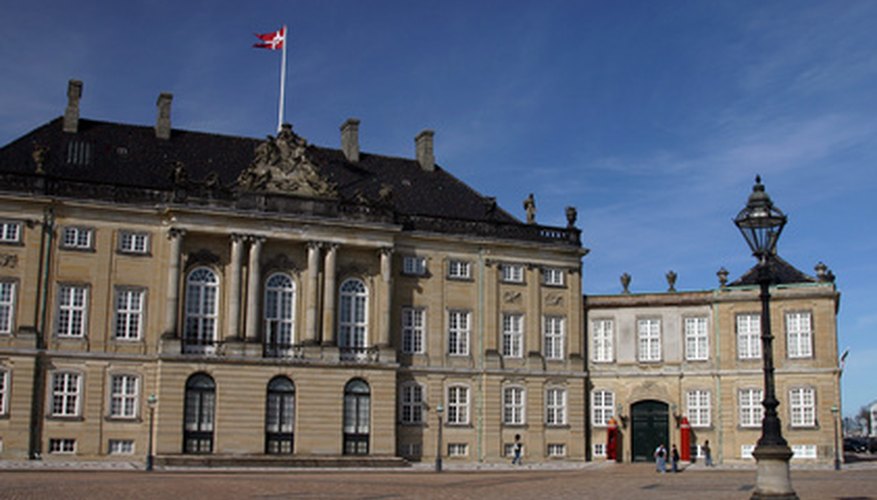Protocol dictates that foreign ambassadors and royalty be addressed in a formal manner, in speech as well as in writing. Using the correct title shows respect for the position and the country. While courtesy titles for royalty vary by country, those for diplomats are standard.
Introduce a foreign ambassador as "His (or Her) Excellency the Ambassador of (country)" in formal situations, UCLA's Special Events and Protocol Department advises. Identify the individual on place cards or name tags as "The Ambassador of (country)."
- Protocol dictates that foreign ambassadors and royalty be addressed in a formal manner, in speech as well as in writing.
- Introduce a foreign ambassador as "His (or Her) Excellency the Ambassador of (country)" in formal situations, UCLA's Special Events and Protocol Department advises.
Greet a British monarch as "Your Majesty" in both a written salutation and initially when speaking, advises Canadian Heritage. Subsequently in speech, use "Ma'am" or "Sir." The final salutation on written correspondence should read, "I remain Your Majesty's faithful and devoted servant, (name)."
Greet a prince or princess as "Your Royal Highness" in writing and in speech. Letters to princes and princesses may end with "Yours very truly."
Address the king of Saudi Arabia as "Your Majesty" when speaking, states Robert Hickey, an expert in formal protocol practices. When writing to the king of Saudi Arabia, greet him as "The Custodian of The Two Holy Mosques."
Address the monarch of the Dutch Royal House as "Your Majesty," says the Dutch Royal House. For princes and princesses, the proper greeting includes "Your Royal Highness."
TIP
Verify names, addresses and personal preferences prior to the occasion. The title "His (or Her) Excellency" is retained for life. Check local customs to guide your behaviour around foreign dignitaries. Rely on courtesy titles unless asked to do otherwise.
